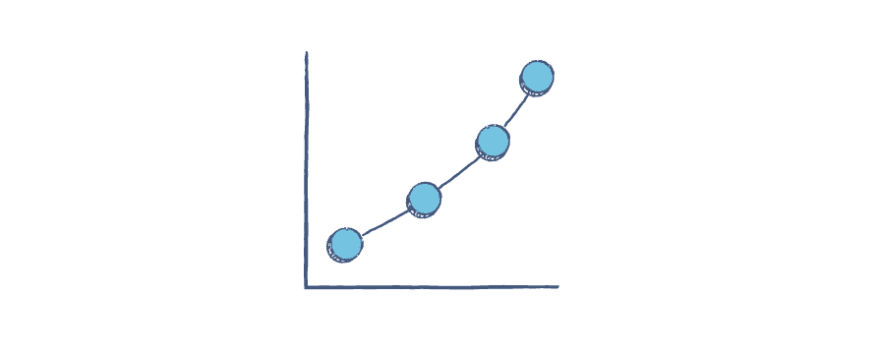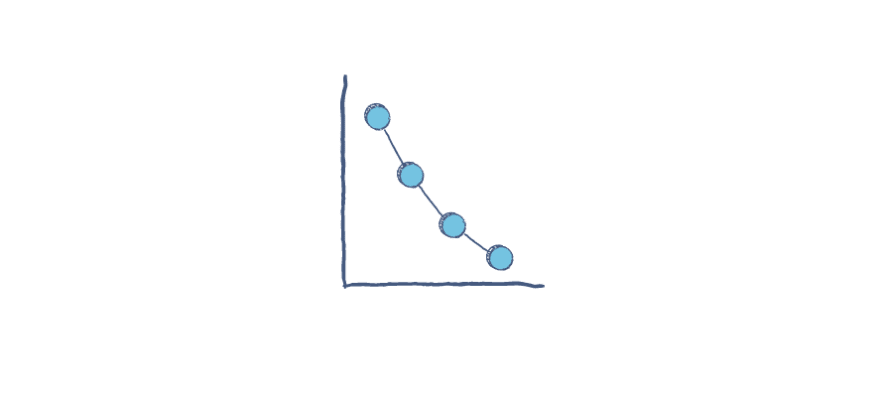An Interest In:
Web News this Week
- April 20, 2024
- April 19, 2024
- April 18, 2024
- April 17, 2024
- April 16, 2024
- April 15, 2024
- April 14, 2024
Product management lifecycle: A PM's role at every phase
Every product has a lifecycle that must be tracked by its various stakeholders. A Product Manager (PM) is responsible for supporting a project throughout each stage. Different skills and leadership demands are needed at these different stages to drive a product forward.
One popular model for a product's lifecycle breaks it up intro Introduction, Growth, Maturity, and Decline. In this article, we will discuss what PMs should be focused on during each period.
This guide at a glance:
- Overview of a product's lifecycle
- Phase 1: Introduction
- Phase 2: Growth
- Phase 3: Maturity
- Phase 4: Decline
- Wrapping up
Overview of a product's lifecycle
A Product Manager (PM) or Technical Product Manager (TPM) is an essential part of a product team who creates and leads the vision for a product. They work to define customer needs, manage any relevant stakeholders, and ensure overall product success.
To be a great PM, you need to understand where a product is at in its lifecycle and what decisions to make at each stage. So, what is a product's lifecycle?
There are many models for thinking about how a product moves through its lifecycle. A common and helpful model by Raymond Vernon follows four basic steps:
- Introduction: get to market-product fit, become a subject expert
- Growth: scale and stay competitive, support more users to encourage growth
- Maturity: retention, maintain market share, evolve a vision
- Decline: meet the best outcome as product declines, thinking about pivoting or phasing out
Note: There are many other product lifecycle models that categorize and encapsulate different kinds of products and markets. Generally, most models distinguish between a problem-solution fit phase, product-market fit phase, and scaling phase.
Phase 1: Introduction
Products have to start somewhere. This could be a new startup product, a spinoff, or even a brand extension. Different types of products will require different strategies when they are in the introduction stage. The overarching goal of this stage is to get a product to market fit by adapting to customer insights.
Product Managers are in charge of leading the vision for a given product, so their primary focus during this stage is connecting ideas together. A PM will spend a lot of time validating ideas, managing different visions, and coordinating information from various sources. PMs should focus on a product strategy based on factors like:
- Customer pain points
- Market competition
- Financial model
- Delivery milestones
In terms of product vision, the main challenge of a PM at this stage is generating demand. This is why it's crucial to develop a product that actually meets customer needs. Lean development principles can be helpful for this aspect of phase one, including strategies like initiative market research and early trials.
In terms of management, PMs serve an important role in this stage as the in-house subject matter expert for a given product. They should focus on providing necessary resources and keeping everyone on track during the early stages of conception and development.
Phase 2: Growth
Once a product is developed fully and launched, a PM is responsible for guiding its growth onward. During the second phase, PMs need to think more broadly about the market and financial models, most notably competitors.
Product managers need to manage competition carefully, striking a balance between scaling a product and not compromising on the product's initial design purposes. PMs need to keep a product competitively priced without giving away margin.
PMs also must focus on identifying new potential buyers or audiences to bring in additional business. This can be done through research and data-driven initiatives to prioritize new directions. This means a good PM will be aware of the market and demand. They should be deeply invested in uncovering new patterns or trends.
Phase 3: Maturity
When a product reaches maturity, new customer growth will begin to fall off and profits may decrease as more competitors emerge. The main goal of a PM during this stage is to reduce costs and find new ways to differentiate their product in the market.
PMs should also focus on lowering the cost of goods sold by making workspaces more efficient and specialized. PMs will need to make decisions about the following:
- Which initiatives to focus on
- Which competitors to focus on
- Ways to reduce costs or scale a platform
Metrics are crucial during the maturity phase. These numbers can help a good PM understand user behavior to make pivots that may help a product grow again or reach new markets.
Phase 4: Decline
All products decline for a lot of reasons. Sometimes, the demand for a product dwindles in the market or competitors may have surpassed your product.
PMs need to understand what is driving the decline of a product and act accordingly. Depending on what factors are leading to a decline, good PMs will readjust, pivot, or find efficient ways to bring a product to the end.
In other words, during phase four, a PM needs to address the following question: do we keep going, kill the product, or reboot it?
- Keep: PMs may choose to keep the product in the market if the product is stable. New features can be added, or the team could focus on a new form of distribution, such as spin off products.
- Kill: A PM may choose to kill a product if it is not successful or there is no vision in sight to resolve the issues. This will require a transition to new alternatives or a full termination.
- Reboot: Many PMs choose to reboot the product by solving the same customer pain point with new technologies or user experiences.
Wrapping up
As you can see, knowing which stage a product is at will drastically change what decisions you make about a product. A good PM is always tracking a product along its lifecycle and thinking about how it may change in the future.
These lifecycle phases are somewhat unavoidable, so a good PM will encourage a product to evolve rather than fight against change.
This means that the skills of a good PM will also change to meet the task at hand. Learning new styles of product management can help you stay efficient in the way you solve problems.
To learn about lean startup and lean PM methodologies, check out Educative's course Lean Product Management.
You will learn modern product management techniques that will help you bring products to the market as quickly as possible.
By the end of this course, you will have the foundations in place to bring products to the market that solve problems, generate revenue, and are built for the long haul.
Happy learning!
Continue reading about product management on Educative
- The 7 Principles of Lean Development for Product Managers
- How to become a Product Manager: top three PM career paths
- Roadmap to TPM jobs: how to become a technical product manager
Start a discussion
What qualities make a great PM? Was this article helpful? Let us know in the comments below!
Original Link: https://dev.to/educative/product-management-lifecycle-a-pms-role-at-every-phase-2k7k
Dev To
 An online community for sharing and discovering great ideas, having debates, and making friends
An online community for sharing and discovering great ideas, having debates, and making friendsMore About this Source Visit Dev To





